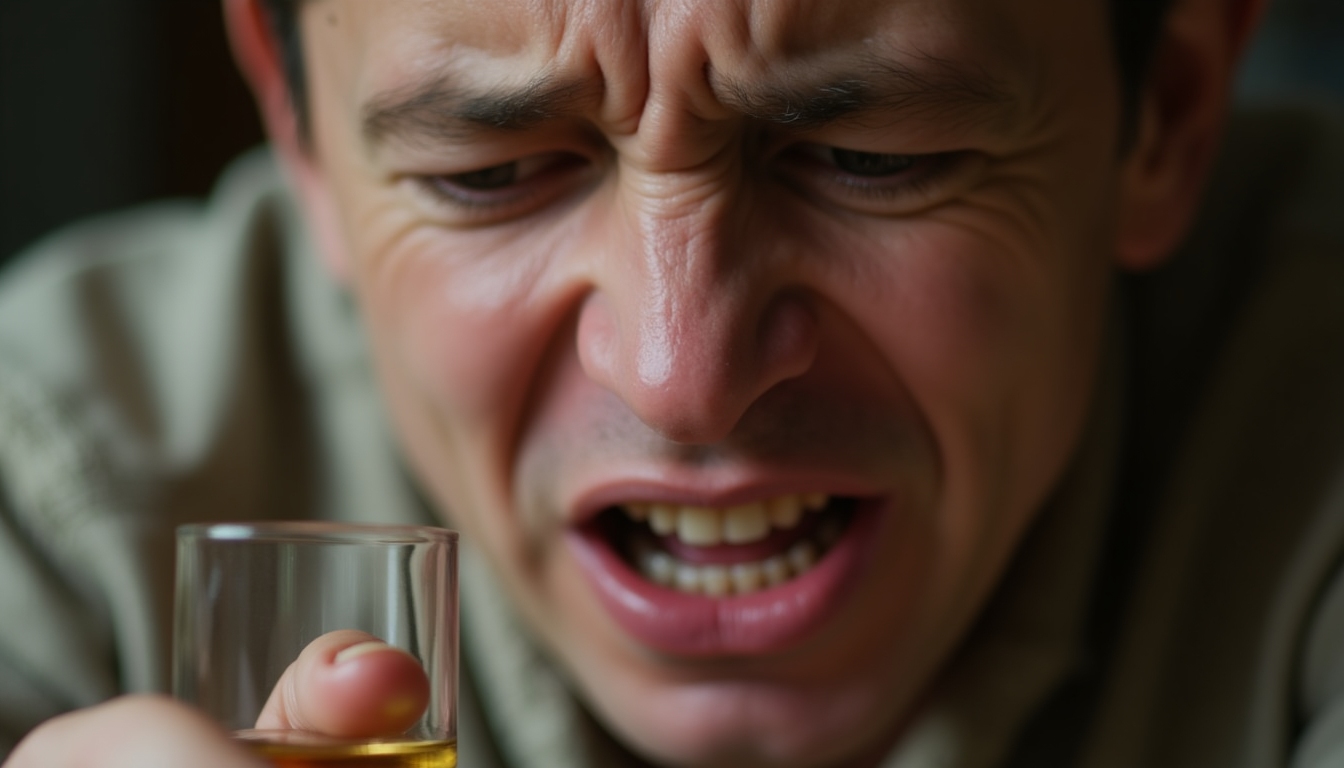Are you or someone you love battling alcohol addiction? Have you tried various treatments without success? There might be a solution you haven't considered yet: aversion therapy. This powerful technique helps break the cycle of addiction by creating a strong negative association with alcohol. But what if we could make this therapy even more effective? Imagine seeing the devastating effects of alcohol in vivid, personalized images. Thanks to advancements in AI, this is now possible. In this article, we'll explore how aversion therapy works, the role of visualization, and how tools like the Reve AI Image Generator can enhance your recovery journey.

Aversion therapy is a type of behavioral therapy that aims to reduce or eliminate unwanted behaviors by associating them with unpleasant stimuli. In the context of alcohol addiction, this might involve pairing the sight, smell, or taste of alcohol with something negative, like a bad taste or a mild electric shock. The idea is to create a strong negative association, so that the person no longer craves alcohol.
Studies have shown that aversion therapy can be effective for some individuals, especially when combined with other forms of treatment like counseling and support groups. However, it's not a one-size-fits-all solution, and it may not work for everyone. That's why it's important to work with a qualified therapist who can tailor the treatment to your needs.

Visualization is a powerful tool in therapy. By imagining the negative consequences of alcohol use, individuals can strengthen their resolve to quit. For example, picturing the damage to their liver, the strain on their relationships, or the impact on their career can make the aversion more tangible. But not everyone is good at visualizing things in their mind. That's where AI-generated images can help.
Tools like the Reve AI Image Generator allow users to create custom images based on their descriptions. For aversion therapy, this could mean generating images that depict the negative effects of alcohol in a very personal way. For instance, you could create an image of yourself looking unhealthy and unhappy due to alcohol abuse, or an image of your family suffering because of your addiction. These visuals can make the therapy more impactful.

Take John, for example. He had been struggling with alcohol addiction for years. Traditional therapies hadn't worked for him, and he was losing hope. Then, his therapist suggested aversion therapy with a twist: using AI-generated images. John worked with his therapist to create images that showed the future he was heading towards if he didn't quit drinking. He saw himself alone, sick, and miserable. These images were so powerful that they finally gave him the motivation he needed to change. With the support of his family and ongoing therapy, John was able to overcome his addiction.
Recovery from alcohol addiction isn't just about the individual; it often involves the whole family. Family therapy can help address the dynamics that may have contributed to the addiction and provide support for the recovery process. Behavioral therapy, on the other hand, focuses on changing the behaviors that lead to drinking. Both of these can be complementary to aversion therapy.

Maintaining family wellness is crucial during the recovery process. It's important for family members to take care of their own mental and emotional health, as supporting a loved one through addiction can be challenging.
In conclusion, aversion therapy can be an effective tool for overcoming alcohol addiction, especially when enhanced with visualization techniques. AI-generated images, like those created with the Reve AI Image Generator, can make these visualizations more powerful and personal. However, it's important to remember that recovery is a journey that often requires a combination of therapies and support systems. If you or a loved one is struggling with alcohol addiction, seek professional help to find the best approach for your situation.

Discuss Here